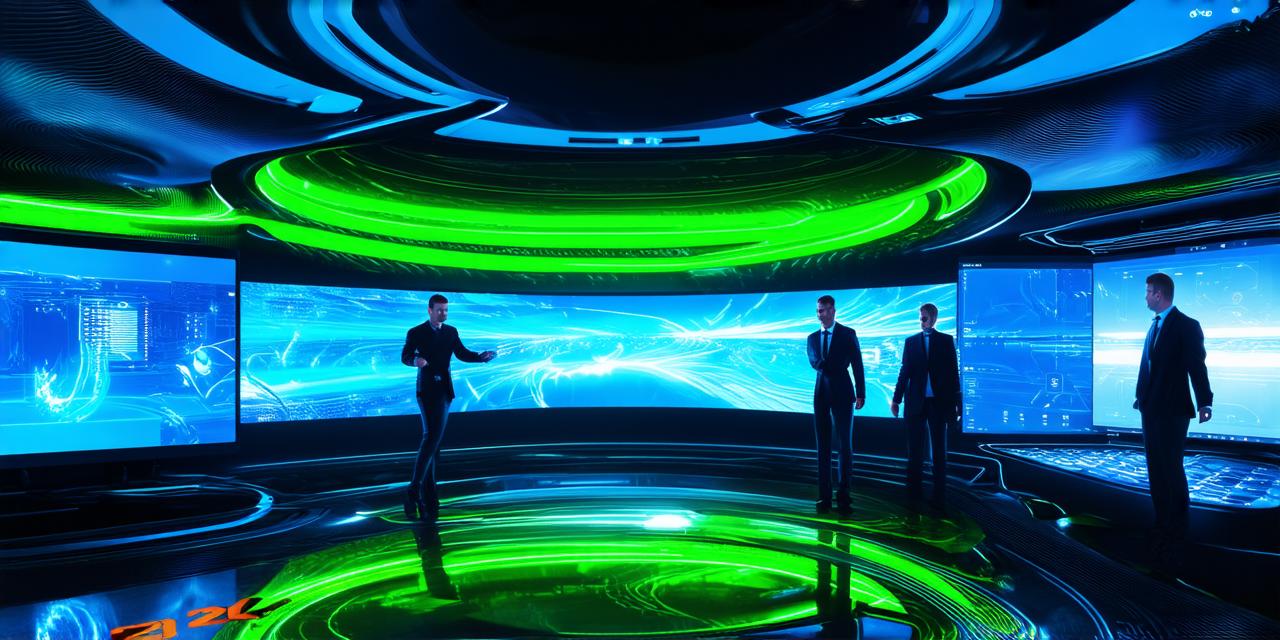Mixed reality (MR) technology has emerged as a promising way to enhance user experiences in various applications. This article will explore some of the mixed reality solutions that are currently available and their potential benefits.
Understanding Mixed Reality
Mixed reality is a technology that combines virtual objects with real-world environments, allowing users to interact with both virtual and real elements simultaneously. There are two main types of mixed reality: augmented reality (AR) and virtual reality (VR).
Augmented Reality
Augmented reality enhances the user’s perception of their physical surroundings by adding digital information on top of them. This can be done using smartphones, tablets, or wearable devices such as smart glasses. AR is widely used in applications such as gaming, retail, and education.
Virtual Reality
Virtual reality creates an entirely artificial environment that the user can interact with using specialized headsets or other devices. VR is commonly used in gaming, entertainment, and training simulations.
Benefits of Mixed Reality
-
Mixed reality technology offers several benefits over traditional methods of interaction. These include:
-
1. Enhanced Engagement
-
Mixed reality solutions provide a more engaging experience for users by combining real-world elements with virtual ones. This can lead to increased user satisfaction and retention.
-
2. Improved Visualization
-
Mixed reality technology allows users to visualize complex data sets in a more intuitive and interactive way. This can be particularly useful in fields such as architecture, engineering, and medicine.
-
3. Increased Efficiency
-
Mixed reality solutions can help increase efficiency by allowing users to perform tasks in a virtual environment that simulates real-world scenarios. This can lead to faster and more accurate decision making.
Examples of Mixed Reality Solutions
-
Pokémon Go – A mobile game that uses AR technology to allow users to catch virtual creatures in real-world environments.
-
IKEA Place – An AR app that allows users to visualize furniture in their homes before purchasing it.
-
Virtual Try On – An AR tool used by retailers to allow customers to try on clothes virtually.
-
HoloDeck – A VR platform that provides a fully immersive virtual environment for gaming, entertainment, and training simulations.
Conclusion
Mixed reality technology is a rapidly growing field with many potential applications. By combining virtual and real elements, MR solutions can provide more engaging, efficient, and intuitive user experiences. As the technology continues to evolve, we can expect to see even more innovative uses for mixed reality in the future.



